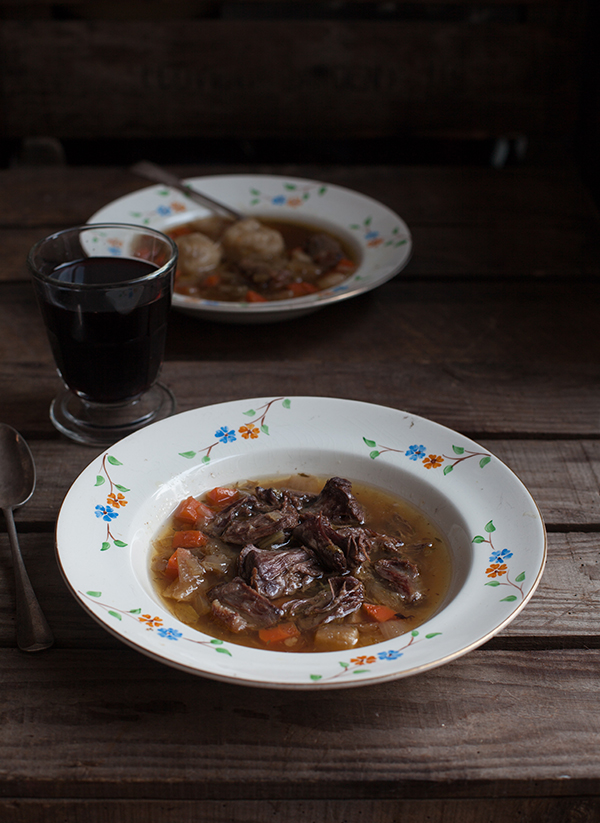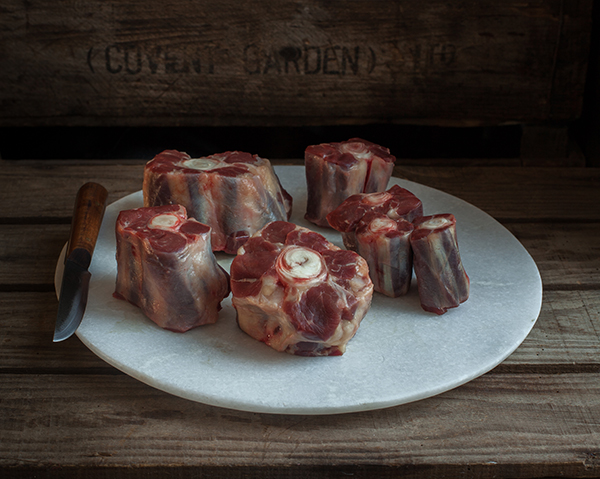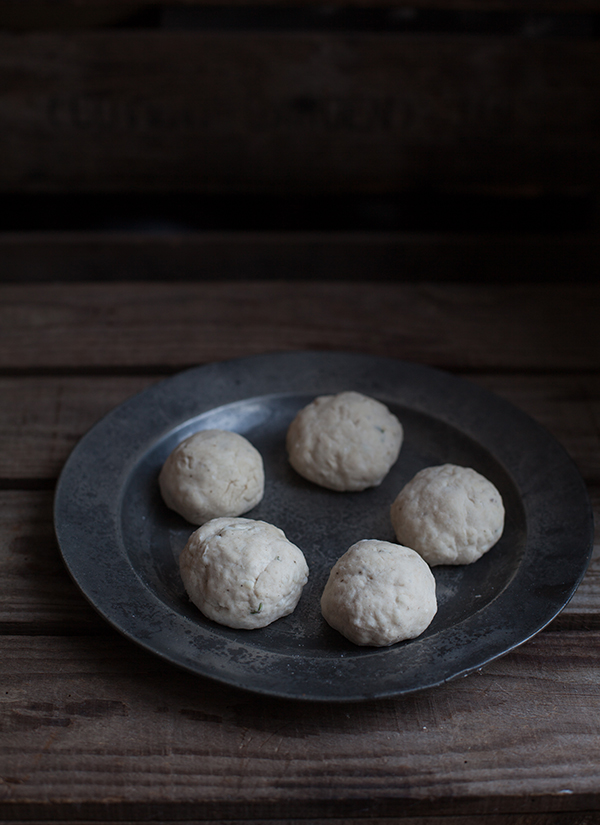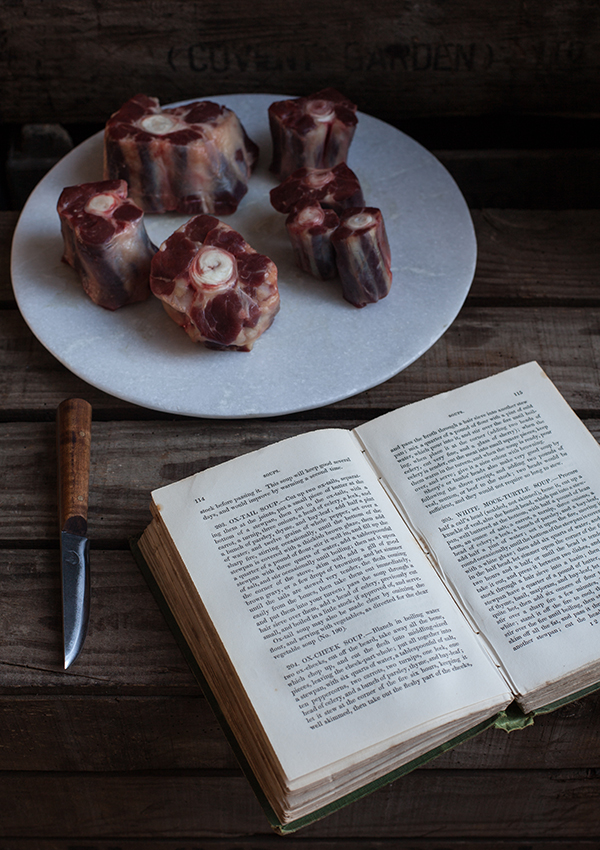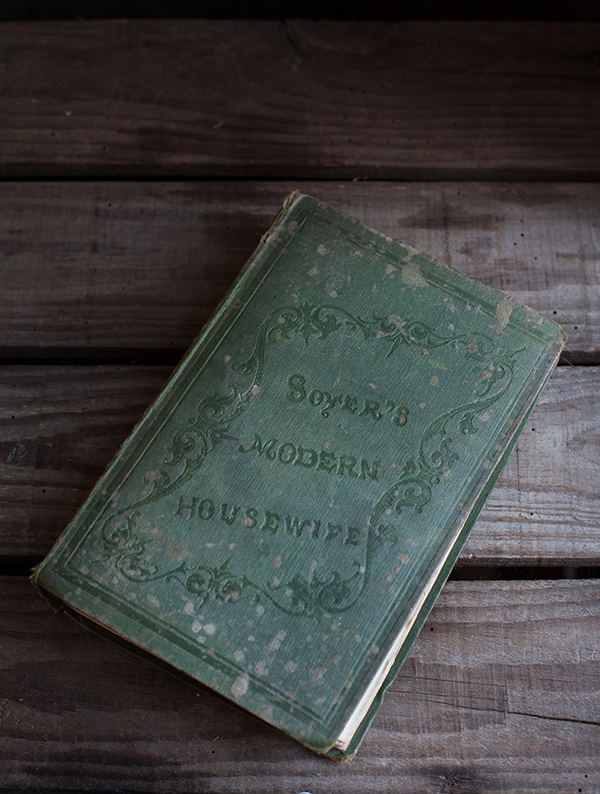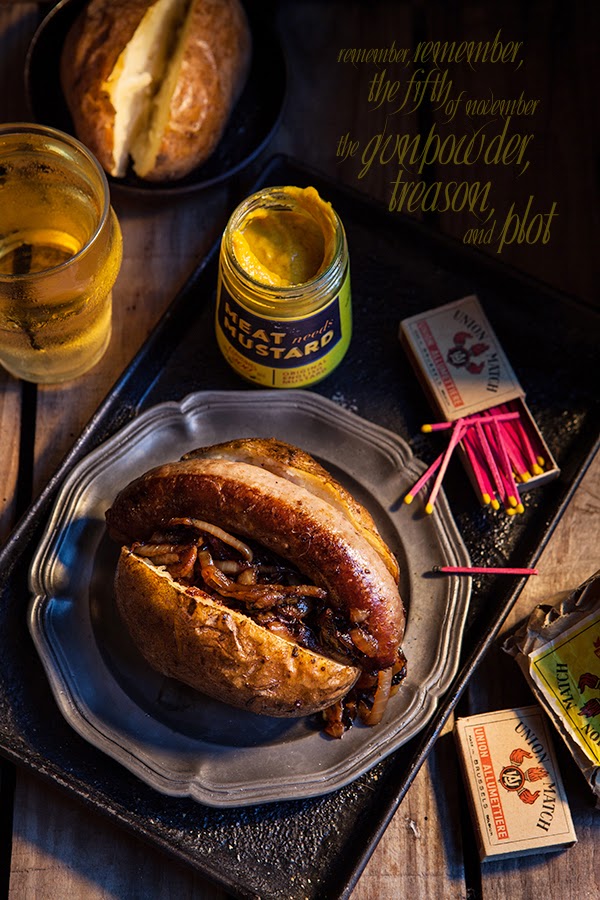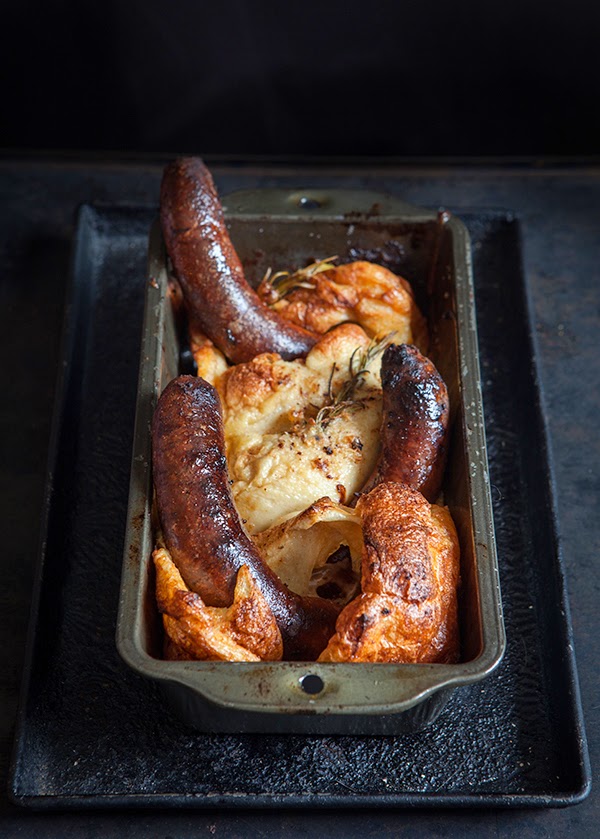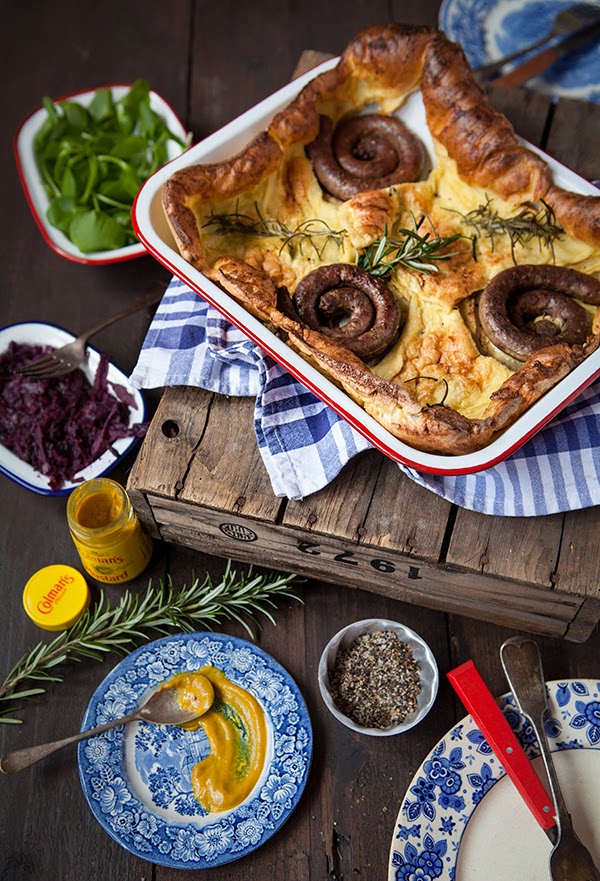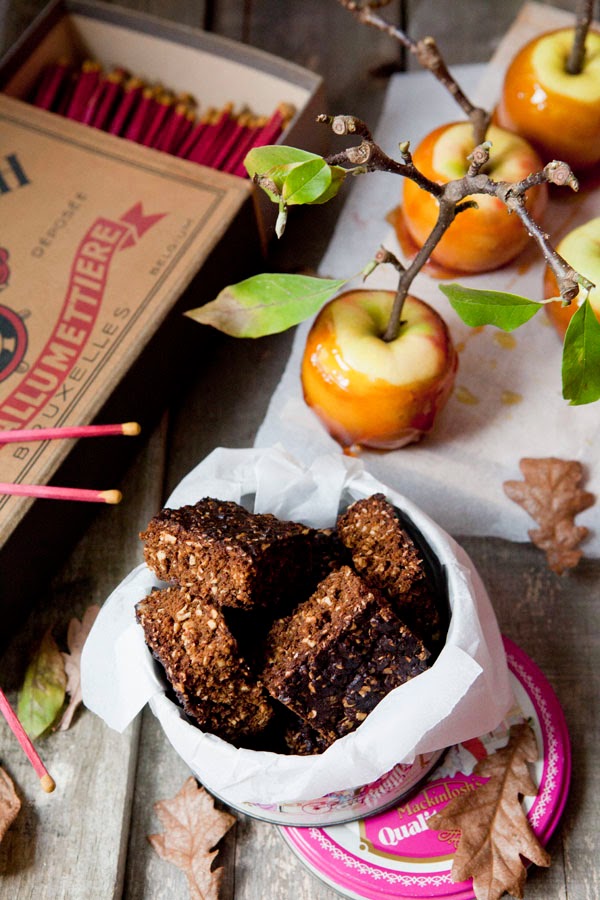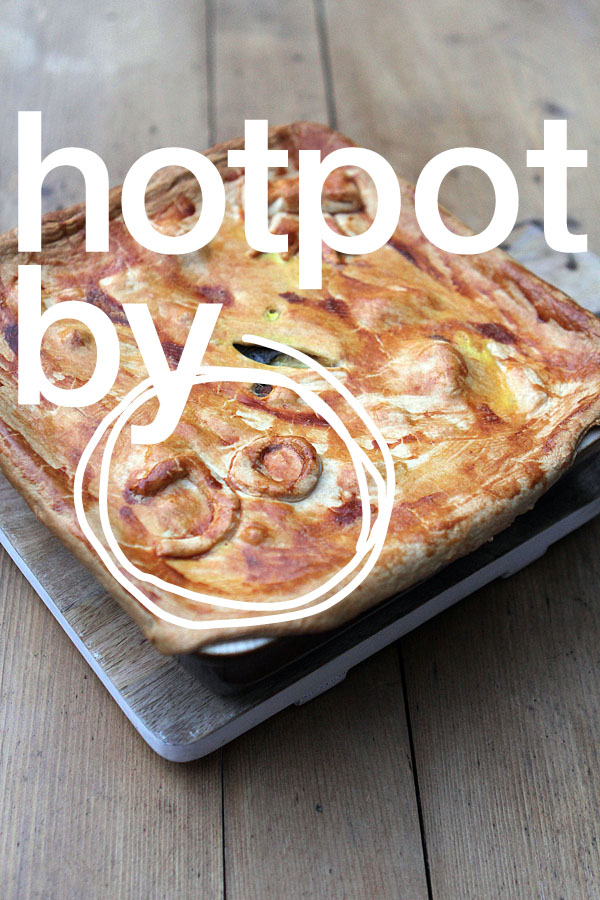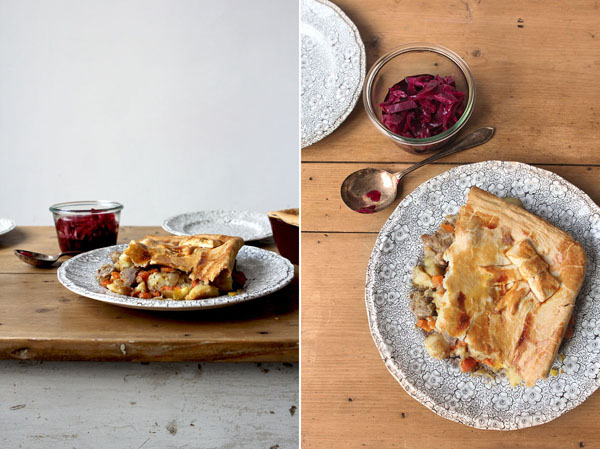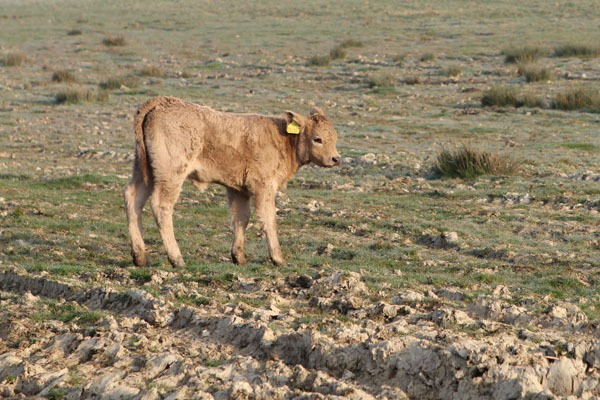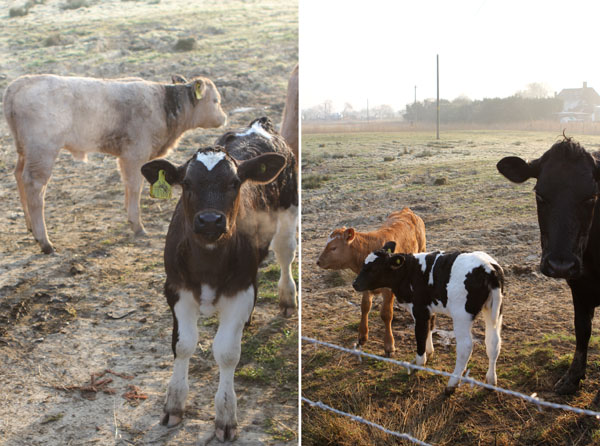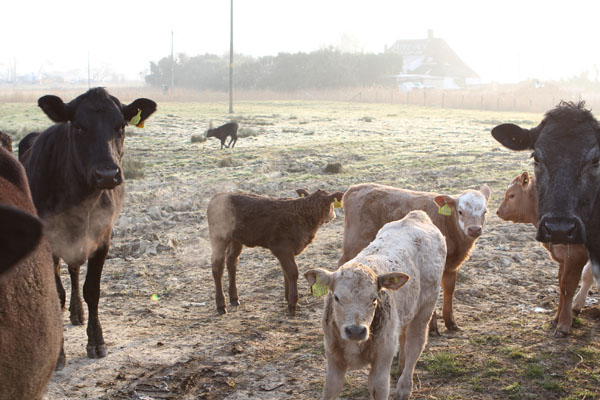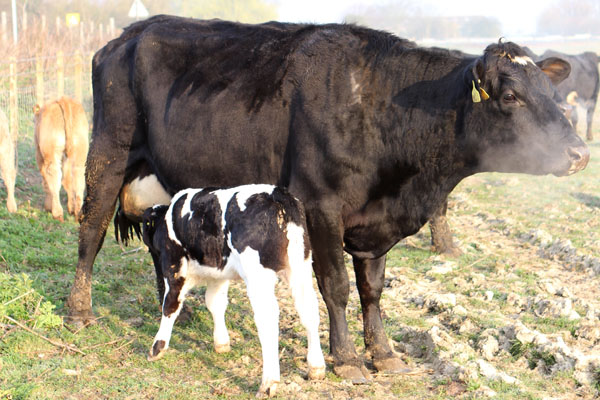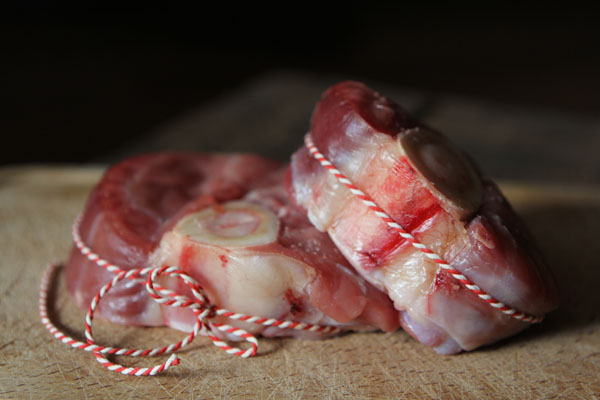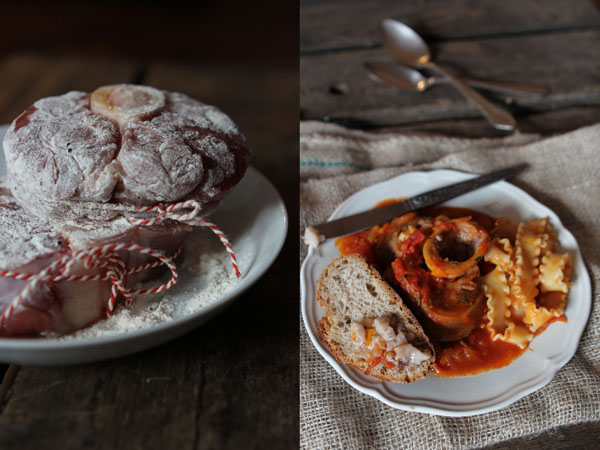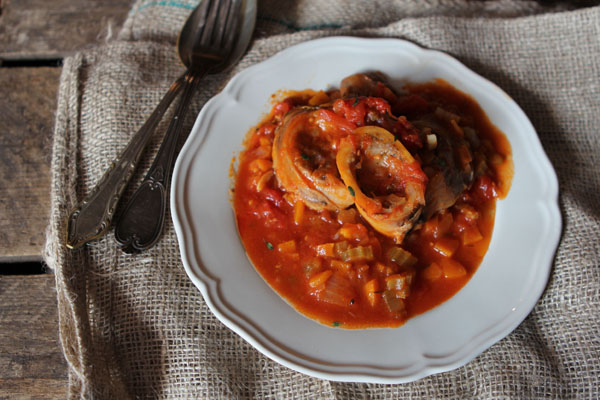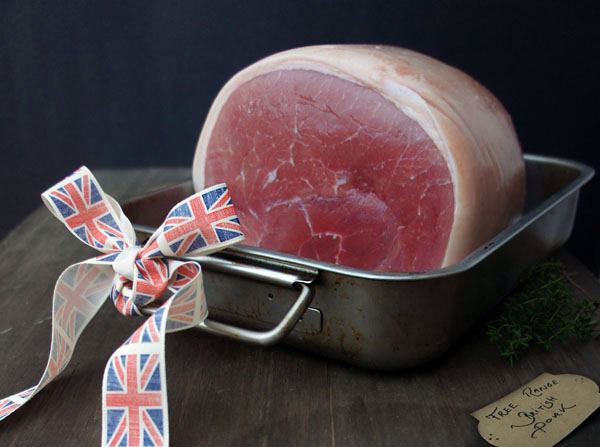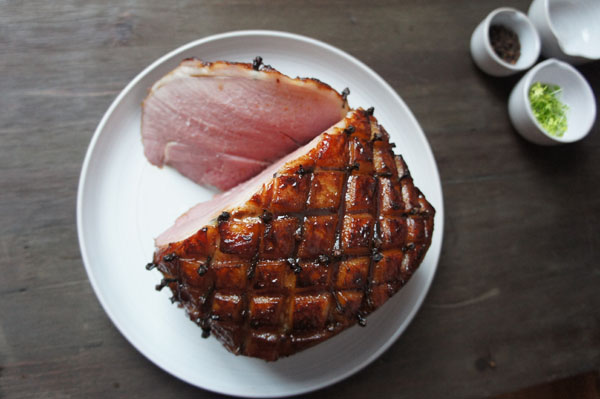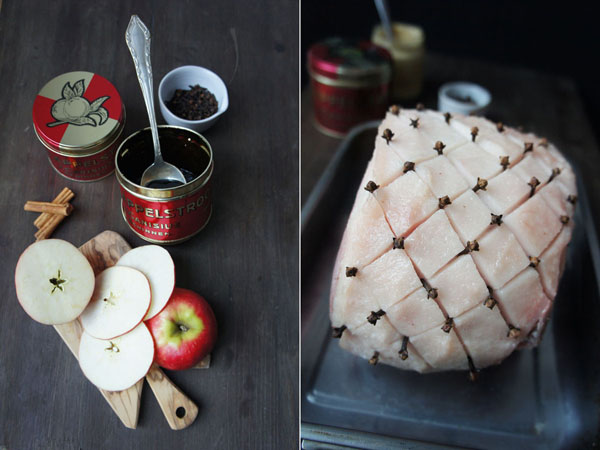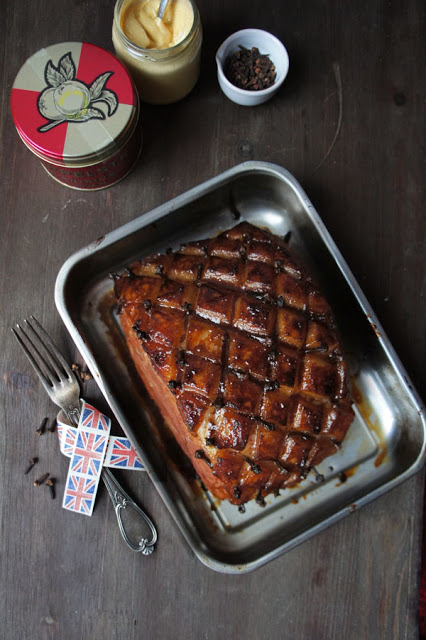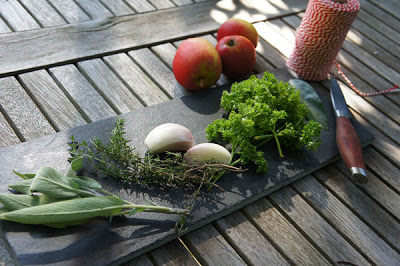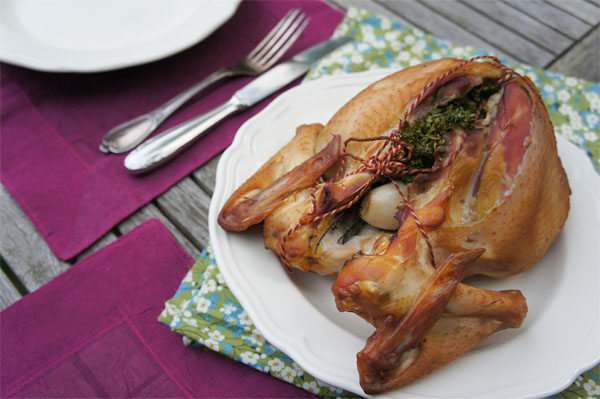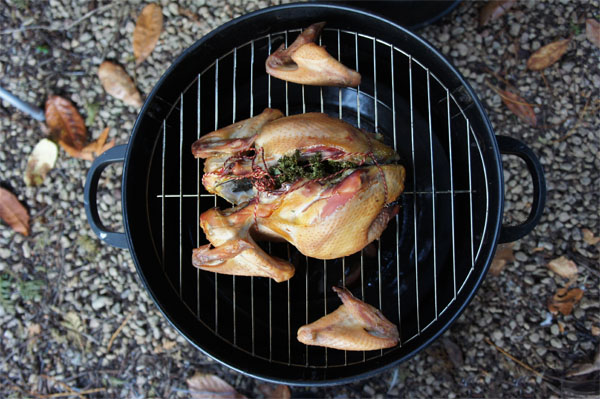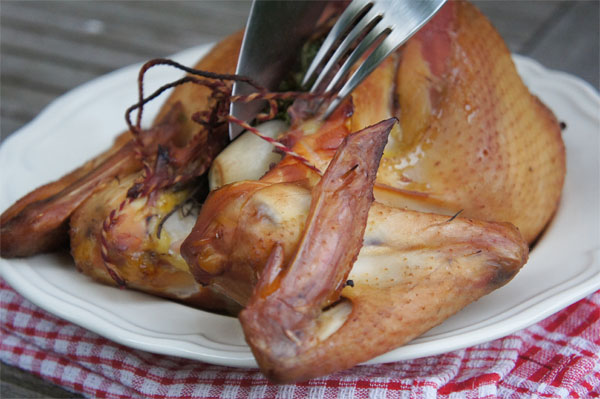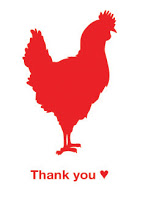19th century Victorian England saw a rapid growth of population and urbanisation stimulated by the Industrial Revolution. The elite became more wealthy and the poor became poorer. Eliza Acton noted in her book published in 1845, that soups or pottage was hardly eaten by the English. The poor didn’t have means to heat up the dish that had sustained them for centuries, and often they didn’t even have access to the ingredients to make a soup. This was an era of slum housing, starvation and disease.
Of course the old lady was illiterate and Soyer realising that he might have sent a useless bit of paper to her, went to see her and found ‘six elderly matrons and an old man holding council together’, trying to make out Soyer’s writings. He then read the recipes to them.
Of soup he says that he finds it is no wonder that people have abandoned this dish as the recipes in most cookery books are complicated and expensive. Many contemporary cookery writers like Mrs Beeton made notes on how to cook economically but showed their ignorance by not grasping the fact that most lower class families were lucky to have some kind of roof over their heads, so a kitchen or fire would most probably been a luxury they could only dream of.
To make this into a main dish for your supper, you can add dumplings, I give you here the recipes as adapted from Soyer’s book The Modern Housewife or Menagerie.
Oxtail soup with dumplings
- 1 oxtail
- 1 carrot
- 1 turnip
- 3 medium sized onions
- 1 stalk of celery
- 2 bay leaf
- a few sprigs of thyme
- a few sprigs of parsley
- 600ml water
- 1tsp of peppercorns, or about 15 corns
- 1tsp salt
- 1 carrot
- 1 stalk of celery
- 1 leek
- 1 turnip
- 220 g plain white flour
- 110 g shredded suet
- 0,5 tsp salt, the same of pepper
- 150-180 ml water
- optional: a tsp of thyme leaves or parsley cut finely

